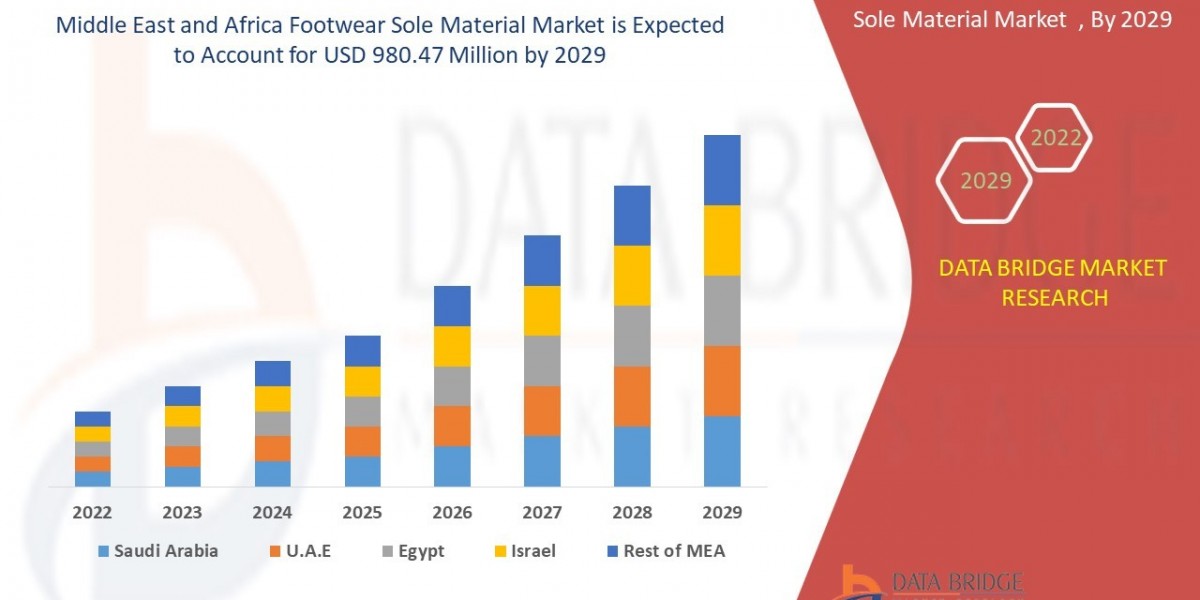360-Degree Camera Market: Expanding Horizons in Immersive Imaging
The 360-degree camera market has seen remarkable evolution in recent years, driven by increasing demand for immersive content across various industries. From entertainment and sports to security, real estate, and virtual tourism, 360-degree cameras are redefining how visual data is captured and experienced. These cameras, equipped with multiple wide-angle lenses or omnidirectional sensors, offer panoramic image and video capture that allows users to view the environment from every angle—creating dynamic and interactive viewing experiences.
Market Growth and Projections
The global 360-degree camera market is expected to witness significant growth over the next decade. Factors such as the rising popularity of virtual reality (VR), augmented reality (AR), and live streaming, coupled with the growing usage of 360-degree content in marketing and entertainment, are key contributors. Advancements in AI-based image stitching, higher resolution imaging, and compact designs are further boosting consumer and enterprise adoption. The market is projected to grow at a strong CAGR, with a forecasted market value reaching billions of dollars by the early 2030s.
Key Market Drivers
Immersive Content Demand: The proliferation of social media and VR platforms has increased consumer appetite for interactive and immersive content. 360-degree cameras are increasingly used to create such experiences for platforms like YouTube, Facebook, and Instagram.
Enterprise Applications: Businesses are leveraging 360-degree cameras for training, remote inspection, virtual tours, and monitoring. Real estate agents, travel companies, and educational institutions use them to deliver virtual walkthroughs and live demonstrations.
Surveillance and Security: In public safety and surveillance, these cameras offer wide-area monitoring without blind spots, improving efficiency and reducing the number of cameras required.
Sports and Broadcasting: Live sports broadcasting and esports events are embracing 360-degree technology to provide viewers with on-the-ground perspectives and enhanced engagement.
Technology Trends
AI and Edge Processing: Integration of artificial intelligence and edge computing enables real-time stitching, object recognition, and analytics directly on the device.
Higher Resolution and 8K Video: Advances in sensor technology have led to higher resolution capabilities, improving clarity and usability of captured footage.
Miniaturization: The development of compact and wearable 360-degree cameras has opened new use cases, particularly for outdoor, adventure, and action sports.
Challenges
Despite their potential, 360-degree cameras face hurdles such as high costs, complexity in post-processing, and limitations in low-light performance. Compatibility with mainstream VR headsets and editing tools is also a concern for some users. However, as software ecosystems mature and production costs fall, broader adoption is anticipated.
Regional Outlook
North America and Asia-Pacific are the leading markets, driven by strong consumer electronics demand, robust internet infrastructure, and rapid tech innovation. Europe is also witnessing growing adoption across industrial and creative sectors.
Conclusion
The 360-degree camera market is poised for significant transformation as the world embraces more immersive and interactive digital experiences. Whether for consumer use, professional content creation, or industrial applications, these devices are becoming a cornerstone in the future of visual technology. As innovation continues, the line between real and virtual perspectives will blur, unlocking new frontiers in how we capture and experience the world.
Read More
| Wind Turbine Condition Monitoring Market |
| Semiconductor Gas Filters Market |
| Low Light Imaging Market |
| Magnetic Connector Market |
| Robotic Total Station Market |
| Network Switches Market |
| Pro Speakers Market |








